ABB KUC711AE 3BHB004661R0001 module
Technical data of product parameters
In general, halftoning methods are based on the notion of a halftone screen, which
divides the array of device pixels into cells that can be modified to produce the
desired halftone effects. A screen is defined by conceptually laying a uniform
rectangular grid over the device pixel array. Each pixel belongs to one cell of theKUC711AE 3BHB004661R0001
grid; a single cell typically contains many pixels. The screen grid is defined entirely in device space and is unaffected by modifications to the current transformation matrix. This property is essential to ensure that adjacent areas colored by
halftones are properly stitched together without visible seams.
On a bilevel (black-and-white) device, each cell of a screen can be made to approximate a shade of gray by painting some of the cell’s pixels black and some
white. Numerically, the gray level produced within a cell is the ratio of white pixels to the total number of pixels in the cell. A cell containing n pixels can render
n + 1 different gray levels, ranging from all pixels black to all pixels white. A grayKUC711AE 3BHB004661R0001
value g in the range 0.0 to 1.0 is produced by making i pixels white, where
i = floor(g × n).
The foregoing description also applies to color output devices whose pixels consist of primary colors that are either completely on or completely off. Most color
printers, but not color displays, work this way. Halftoning is applied to each color
component independently, producing shades of that color.
Color components are presented to the halftoning machinery in additive form,
regardless of whether they were originally specified additively (RGB or gray) or
subtractively (CMYK or tint). Larger values of a color component represent lighter colors—greater intensity in an additive device such as a display or lessA common way of defining a halftone screen is by specifying a frequency, angle,KUC711AE 3BHB004661R0001
and spot function. The frequency is the number of halftone cells per inch; the
angle indicates the orientation of the grid lines relative to the device coordinate
system. As a cell’s desired gray level varies from black to white, individual pixels
within the cell change from black to white in a well-defined sequence: if a particular gray level includes certain white pixels, lighter grays will include the same
white pixels along with some additional ones. The order in which pixels change
from black to white for increasing gray levels is determined by a spot function,
which specifies that order in an indirect way that minimizes interactions with the
screen frequency and angle.
Product picture display
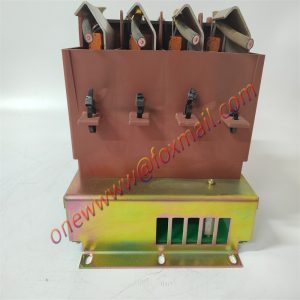
bout us service idea
With the business philosophy of “professionalism, integrity, innovation, cooperation and win-win”, we continue to develop new products, provide high-quality services to customers, pursue customer satisfaction to the maximum extent, and continue to develop new areas of business
Email: onewwww@foxmail.com
Introduction to main products
Focus on DCS, PLC, robot control system and large servo system.
Main products: various modules/cards, controllers, touch screens, servo drives.
Advantages: supply imported original products, professional discontinued parts, fast delivery, accurate delivery time,
Main brands include ABB Bailey, GE/FANC, FOXBORO, Invensys TRICONEX, Bentley BENTLY, A-B Rockwell, Emerson EMERSON, OVATION, MOTOROLA, XYVOM, Honeywell HONEYWELL, Rexroth, KUKA, NI, DEIF, Yokogawa, Woodward WOODWARD, Ryan, Schneider SCHNEIDER, Yaskawa, Moog MOOG, PROSOFT and other brands
reminder
For more products, please contact the email for inquiry onewwww@foxmail.com
This article from the temporal Ming sheng automation equipment co., LTD.,
link: http:www.onewwww.com
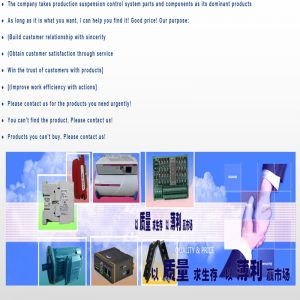


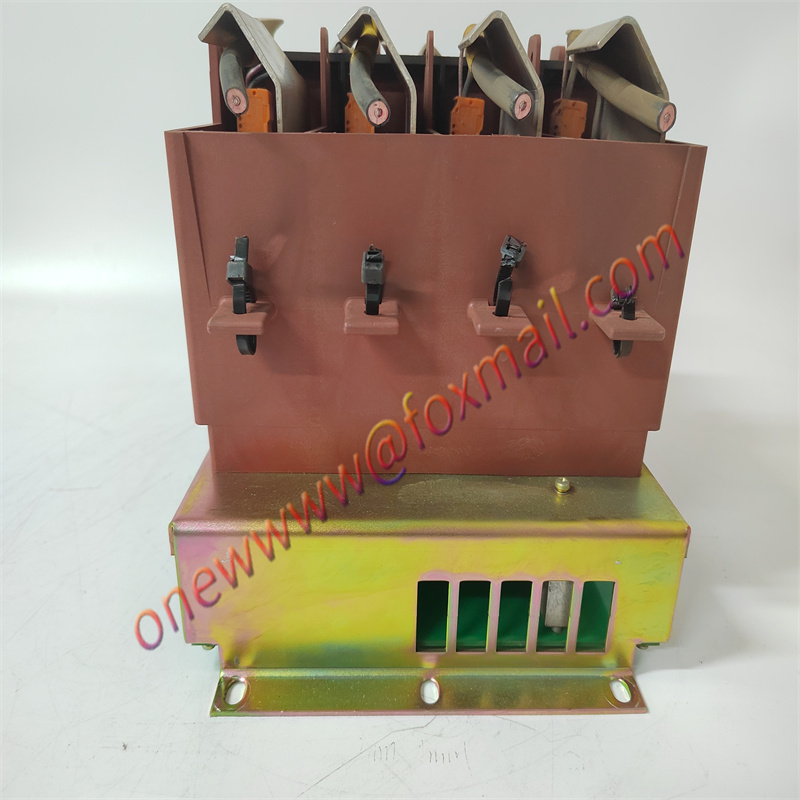
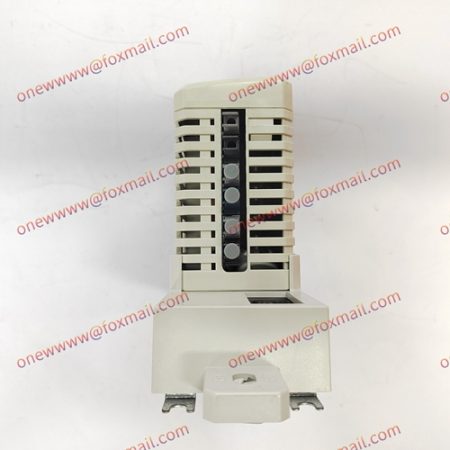
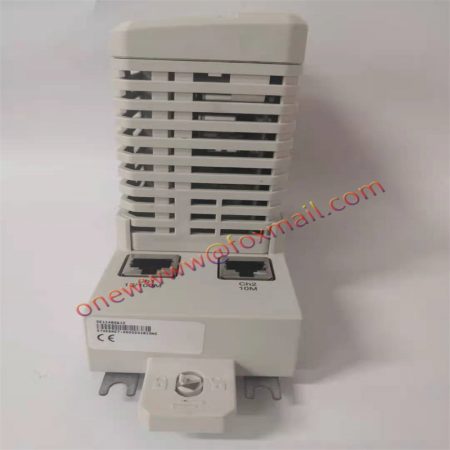
Reviews
There are no reviews yet.